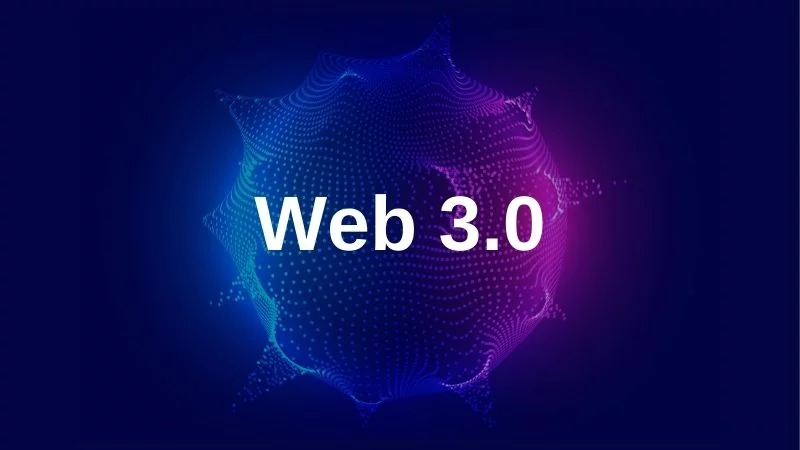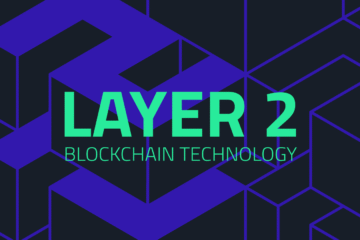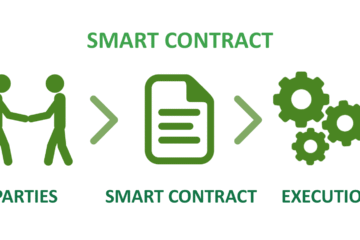Web3 Glossary for Beginners, Part 2

Web3 is thriving, with individuals, businesses, institutions, and even governments joining the race to secure a foothold in this new digital frontier.
As Web2 internet growth slows and competition intensifies, major tech players like Alibaba, Tencent, Amazon, and Google are actively exploring Web3 opportunities.
You don’t need to go “all in” on Web3, but learning its basics is worthwhile. To help you navigate the Web3 landscape, we’re continuing our guide to essential Web3 terms and concepts. This is the second part; see [Web3 Glossary for Beginners, Part 1] for the first half.
Glossary
51. FOMO (Fear of Missing Out)
FOMO drives many to buy NFTs, fearing they’ll miss out on a gold rush. Those driven by this fear are called “FOMOers.”
52. Rug Pull
Derived from “pulling the rug out,” this term describes a common NFT scam where creators collect funds from sales and then disappear, like a vendor packing up and fleeing.
53. FUD (Fear, Uncertainty, Doubt)
An acronym for spreading negative sentiments about Bitcoin or other cryptocurrencies to create fear, uncertainty, or doubt.
54. Floor Price
The lowest price at which an NFT is listed for sale in a collection.
55. Virtual Currency
A digital representation of value, often unregulated, offering fast transactions and ease of use but vulnerable to hacking.
56. Virtual Economy
An economic system within a virtual environment, such as online games, where virtual goods are bought, sold, or traded using virtual currency.
57. Virtual Reality (VR)
A simulated 3D environment where users can explore and interact through sensory experiences, feeling close to reality.
58. Web3
A decentralized internet that empowers individuals, shifting control away from large tech companies.
59. GameFi
A blend of “Game” and “Finance,” also known as play-to-earn (P2E) games, where players earn financial rewards through gameplay.
60. Gas
Fees charged for executing transactions or contracts on a blockchain platform.
61. Non-Fungible Token (NFT)
A unique digital identifier, including cryptocurrency and metadata, recorded on a blockchain, making it non-replicable or replaceable.
62. Whale
An individual holding a large amount of cryptocurrency, typically 5% or more of the total supply.
63. Open Platform
A platform built on open standards, allowing developers to create applications or services.
64. Permissionless Blockchain
A decentralized, public network requiring no KYC, censorship, or gatekeepers, accessible to anyone under protocol rules.
65. Proof of Attendance Protocol (POAP)
An NFT badge proving participation in a physical or virtual event.
66. Virtual Asset
A token representing a physical asset or any virtual asset defined by a smart contract on a blockchain.
67. Smart Contract
A self-executing contract with terms coded between buyer and seller, automatically enforced on a blockchain.
68. Solidity
An object-oriented programming language for creating smart contracts, designed specifically for Ethereum.
69. Cryptography
The practice of encoding and decoding data for secure communication.
70. Hash Function
A mathematical function that converts input data of any length into a fixed-size output, used in blockchain for security.
71. Transaction Hash (Txn Hash)
A unique identifier generated for a transaction, used to track its status on the blockchain.
72. InterPlanetary File System (IPFS)
A protocol for storing and sharing data via a peer-to-peer distributed file system.
73. Trustless
A system where no single authority holds full control, and consensus is achieved without relying on any single participant.
74. Chainlink
A decentralized oracle network providing reliable, real-world data to support smart contracts on blockchain.
75. Sidechain
An independent blockchain linked to a main blockchain to enhance security, privacy, and reduce trust requirements.
76. Bridge
A connection between two blockchain ecosystems, enabling communication and the transfer of assets or data.
77. Hard Fork
A blockchain split lacking backward compatibility, where old nodes follow old rules and new nodes follow updated rules.
78. Soft Fork
A backward-compatible blockchain update, considered a safer option.
79. Fiat Currency
Government-issued currency, like the U.S. dollar, backed by supply and demand and government trust, not commodities like gold.
80. Liquidity
The ease with which a cryptocurrency or token can be converted into other digital assets or cash.
81. Liquidity Pool
A collection of digital assets locked in a smart contract to provide liquidity and speed up transactions, often used with Automated Market Makers (AMMs).
82. Testnet
A blockchain protocol under development, used by developers to test features before launching on the mainnet.
83. Mainnet
The fully deployed blockchain where cryptocurrency transactions are broadcast, verified, and recorded.
84. Peer-to-Peer (P2P)
A decentralized communication model where two nodes interact without a central server.
85. Protocol
A set of rules enabling secure digital asset exchanges over the internet.
86. Scalability
The transaction processing speed of a cryptocurrency or blockchain.
87. Sharding
Dividing a blockchain into smaller parts called “shards” to improve scalability and transaction speed.
88. SHA-256
A secure hash algorithm used by various cryptocurrencies, producing a 256-bit message digest.
89. Bear Market
A period when cryptocurrency prices fall, trading becomes difficult, and market confidence wanes.
90. Bull Market
A period when cryptocurrency prices rise, market confidence grows, and investors start buying.
91. Block Explorer
A blockchain search engine providing information about transactions, blocks, and addresses.
92. Market Capitalization
The total value of all mined cryptocurrencies, estimating their stability.
93. Automated Market Maker (AMM)
A system that automatically calculates buy and sell prices using a pricing algorithm, acting like a trading robot.
94. Liquid Staking
A process allowing users to stake cryptocurrency for low-risk interest while maintaining liquidity for maximum capital efficiency.
95. GM/GN
In NFT communities, members greet each other with “GM” (Good Morning) or “GN” (Good Night), often using “Ser” (Sir), “Mam” (Madam), or “Fren” (friend).
96. Mint/Burn
“Mint” refers to creating an NFT, while “burn” describes actions that result in losing control of an NFT, such as sending it to an inaccessible address.










